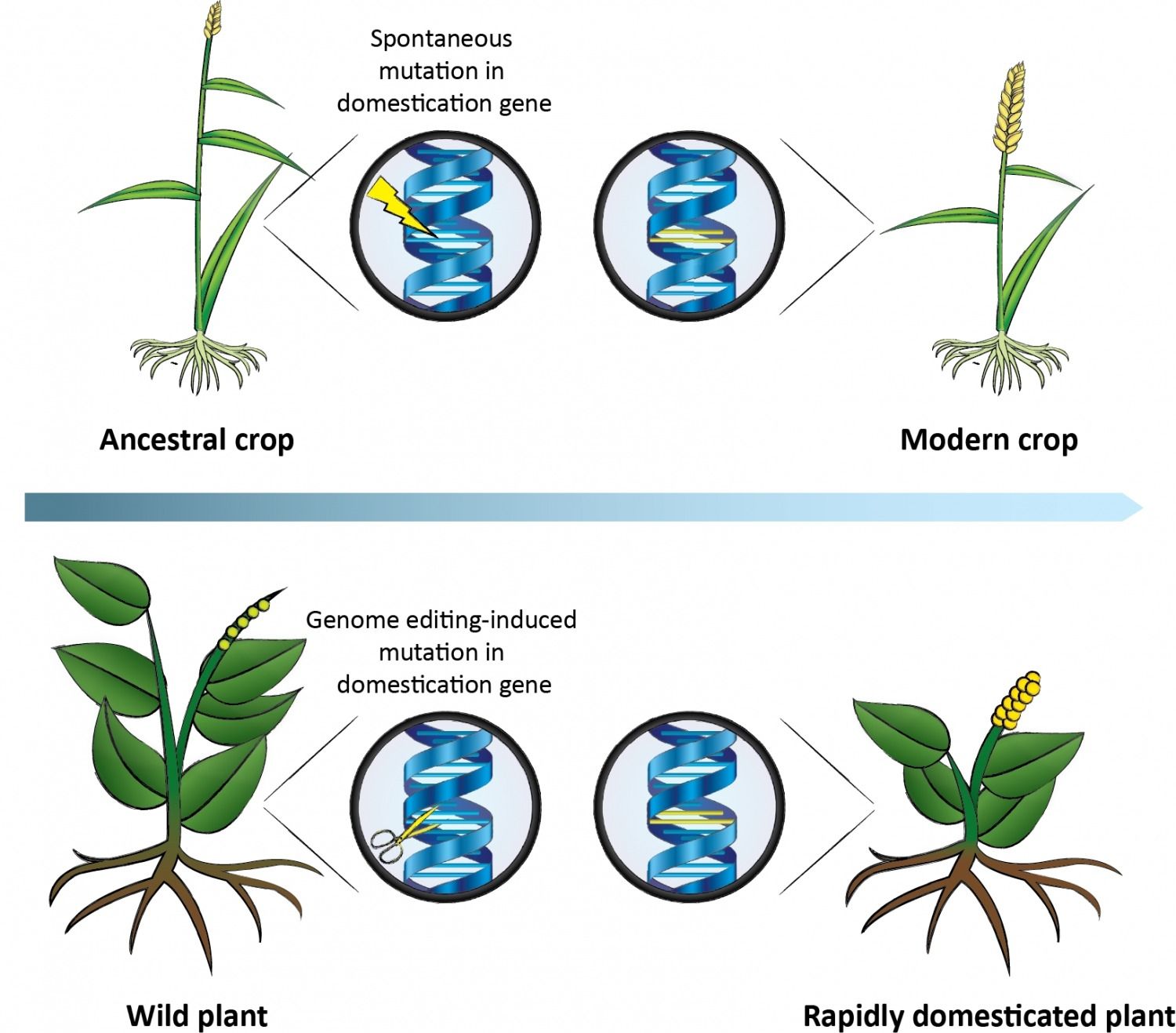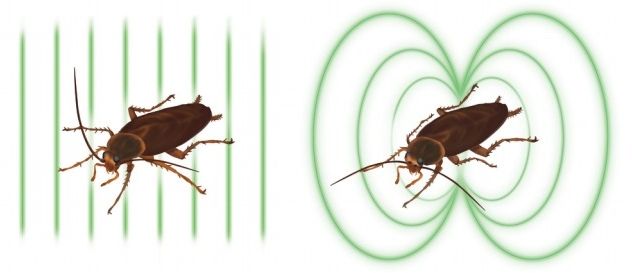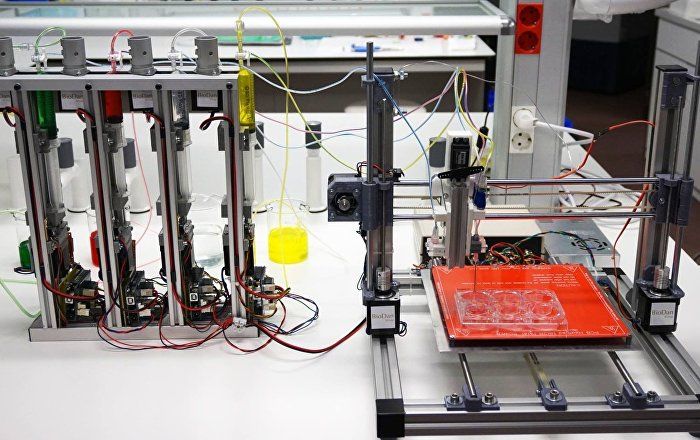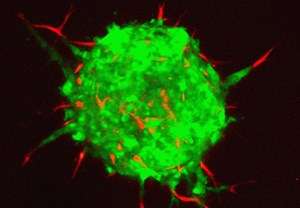The Libertarian Republic covering my libertarian run for California Governor:
After realizing his chances to be President were over, Zoltan Istvan of the Transhumanist Party, has decided to take his platform and run for another elected office, and under a different political party.
Istvan didn’t have much of a chance at being president, but that didn’t stop him from campaigning as the Transhumanist Party’s candidate to promote his pro-technology and science positions. Now, he’s setting his sights a bit lower, and with a different party. Istvan announced this morning that he plans to run for governor of California in 2018 under the Libertarian Party, explains Engadet.com.
In a Newsweek article Istvan wrote, “We need leadership that is willing to use radical science, technology, and innovation—what California is famous for–to benefit us all. We need someone with the nerve to risk the tremendous possibilities to save the environment through bioengineering, to end cancer by seeking a vaccine or a gene-editing solution for it, to embrace startups that will take California from the world’s 7th largest economy to maybe even the largest economy–bigger than the rest of America altogether.”






